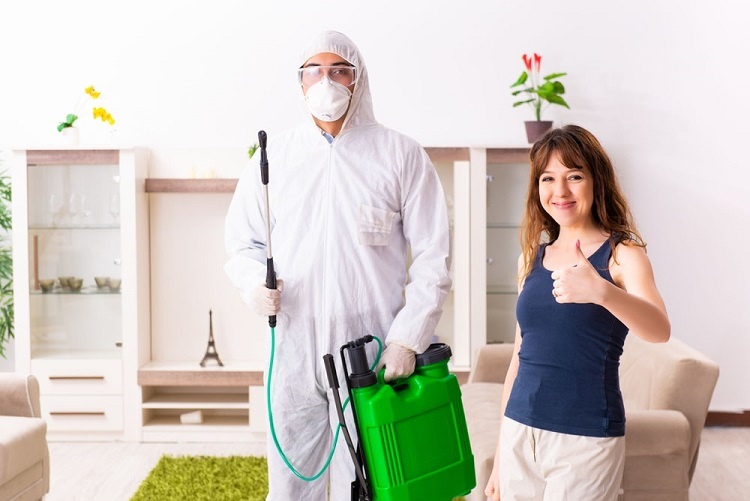Pest population thresholds are the levels at which you should initiate pest control precautions to prevent pests in a given region from causing severe injury or harm. Thresholds might be set for beauty, health, or financial reasons.
A threshold is frequently set at the point when the financial damage caused by pest damage would be larger than the cost of pest treatment if the pest population continues to expand.
The threshold level for some pest control scenarios is zero: even a single pest in such a scenario is unacceptably destructive. The presence of rodents in food processing facilities, for example, necessitates intervention. Even though only one or a few pests, such as rodents or roaches, are seen in the home, take measures to control them through Rove Pest Control.
Table of Contents
Monitoring for pests
In most pest control scenarios, the protected area should be checked regularly. Frequent monitoring can provide answers to a number of key questions:
- What kinds of pests are you dealing with?
- Are the figures large enough to justify control?
- When is the best moment to start exercising control?
- Has the number of pests been reduced as a result of the preventive interventions?
Baiting or scouting are commonly used to monitor insects. Visual examination is commonly used to keep track of weed pests. Microbial pests are monitored by searching for injuries or harm they cause.
Monitoring also entails inspecting the state of the environment in the monitored region. Temperature and moisture values, humidity, are crucial indicators of when an epidemic will develop.
When a pest is prevalent all of the time and the threshold is zero, monitoring isn’t necessary. In operating theaters and other sterilized sections of health care facilities, there is no tolerance for the presence of organisms.
Avoiding Negative Consequences
Bug control entails more than identifying a pest and implementing a control strategy. Other living organisms and nonliving surroundings are usually present at the treatment site, whether it is an outdoor region or a structure. The pest management methods you choose may have an impact on all of these. Unless you regard the pest’s potential impact on the whole system in which it lives, your pest management efforts may cause harm or result in the continuation or emergence of new issues.
Pest control tactics interrupt most treatment sites to some extent. Every sort of creature or component that shares the site has an impact on the behavior and well-being of others. Certain creatures may be eliminated or reduced in number when the equilibrium is broken, while others – occasionally pests may take over.
Resistance to Pests
Because some bugs are resistant to pesticides, insecticides fail to control them. When developing pest management programs that rely on the use of pesticides, we keep this in mind. A pesticide rarely kills all of the pests it is intended to kill. When a pesticide is used, it kills only the pests that are most vulnerable. Some pests are resistant to pesticides. Others are immune to its effects. Pests that are not eradicated may transmit on the trait that allowed them to survive to their progeny.









